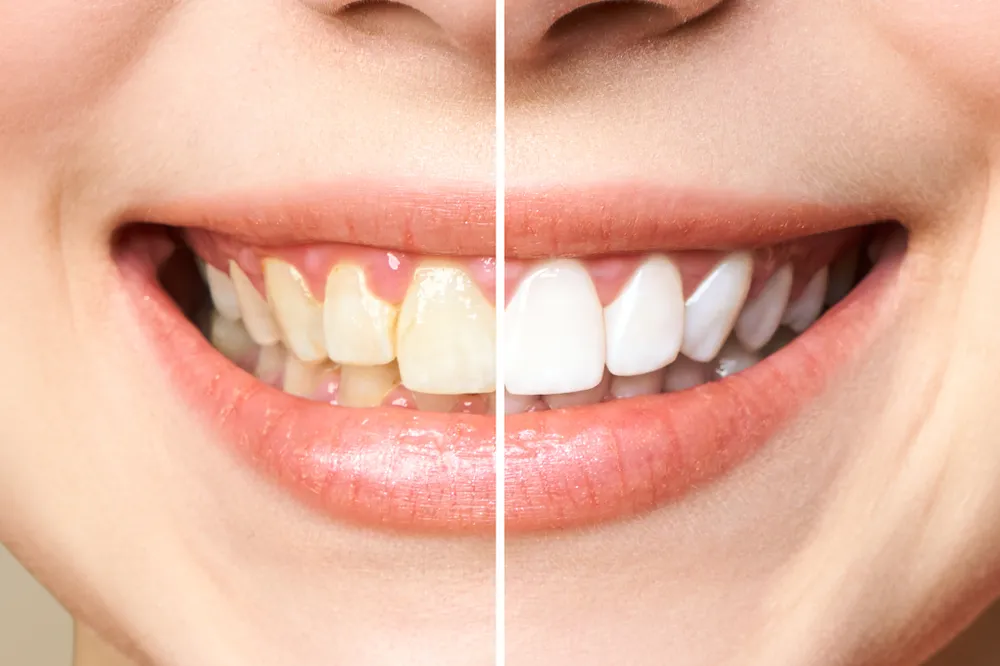The Basics of Teeth Whitening
Teeth whitening is a popular cosmetic procedure designed to lighten the shade of your teeth and remove stains and discoloration. It’s a go-to solution for those seeking a brighter, more confident smile. However, it’s crucial to understand the process and potential impacts before diving in. Many people wonder does whitening teeth damage them, or what exactly are the trade-offs when you choose to undergo this procedure. This guide explores the facts, separating myth from reality to help you make informed decisions about your oral health. By understanding the fundamentals, you can ensure you’re making safe and effective choices.
How Whitening Works
Teeth whitening treatments typically use bleaching agents, most commonly hydrogen peroxide or carbamide peroxide. These substances penetrate the enamel and dentin, breaking down stain molecules. The process effectively lightens the color of the teeth, removing years of discoloration from coffee, tea, wine, and other staining agents. The effectiveness of the treatment can vary based on the concentration of the bleaching agent, the duration of application, and the individual’s tooth structure. Understanding this mechanism helps you appreciate the potential effects – both positive and negative – of teeth whitening.
Types of Teeth Whitening Treatments
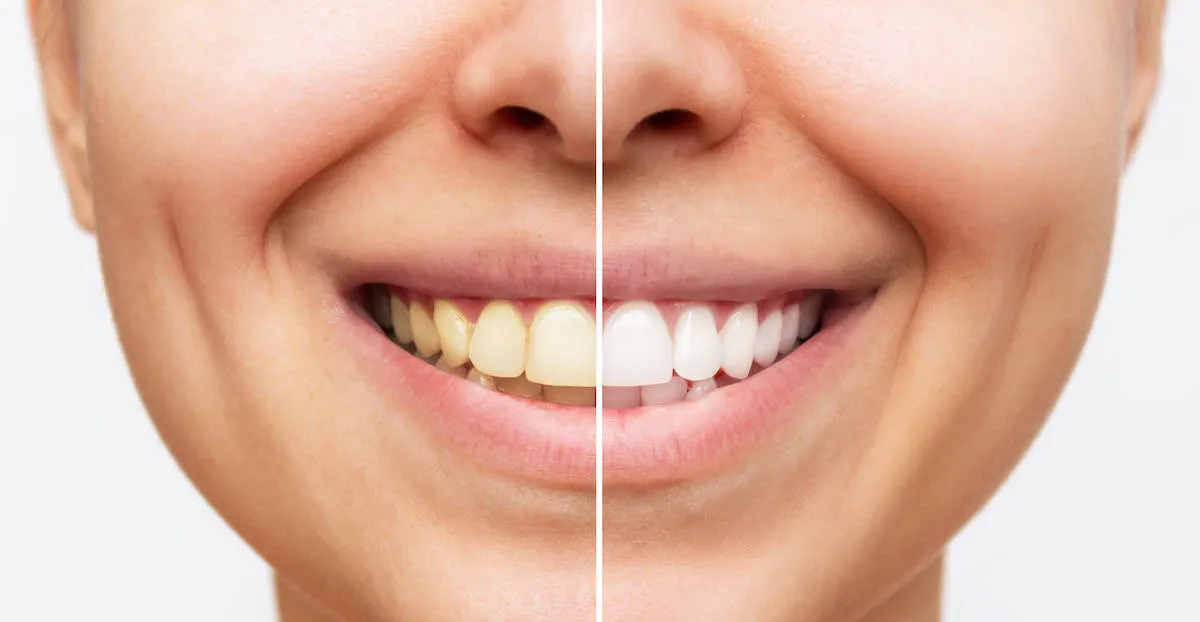
There are several teeth whitening options available, each with its own approach. Professional whitening, performed by a dentist, often involves higher concentrations of bleaching agents and can deliver quicker results. This is often done in-office using custom trays and a powerful bleaching gel. Over-the-counter options include whitening toothpastes, strips, and trays that can be used at home, offering a more accessible solution, although the results may not be as dramatic. Each method has its pros and cons in terms of effectiveness, convenience, and potential side effects. Selecting the right option requires careful consideration of your individual needs and preferences. Choosing a method depends on a range of factors including the severity of staining and your desired level of brightness.
Fact 1 Does Teeth Whitening Damage Enamel
The question of whether teeth whitening damages enamel is a common concern. The short answer is that, when used correctly and under professional guidance, the risk is generally low. However, overuse or misuse of whitening products can potentially lead to enamel erosion over time. This is because the bleaching agents, while effective in removing stains, can also cause temporary changes to the enamel. Understanding the impact on enamel is crucial to make informed choices about whitening treatments. The key is to follow recommended guidelines and consult with a dental professional to minimize any potential risks. Always talk with a dentist before any treatment.
Understanding Enamel and Its Role
Enamel is the hard, protective outer layer of your teeth, and it is the strongest substance in the human body. It acts as a barrier against acids and physical damage. Enamel protects the sensitive inner layers of the tooth, including the dentin and pulp, which contain nerves and blood vessels. Maintaining the integrity of your enamel is essential for overall oral health. Any damage to the enamel can lead to increased sensitivity, increased risk of decay, and other dental problems. Because of this, it is important to know if whitening treatments might impact enamel’s protection for your teeth.
The Impact of Whitening Agents on Enamel
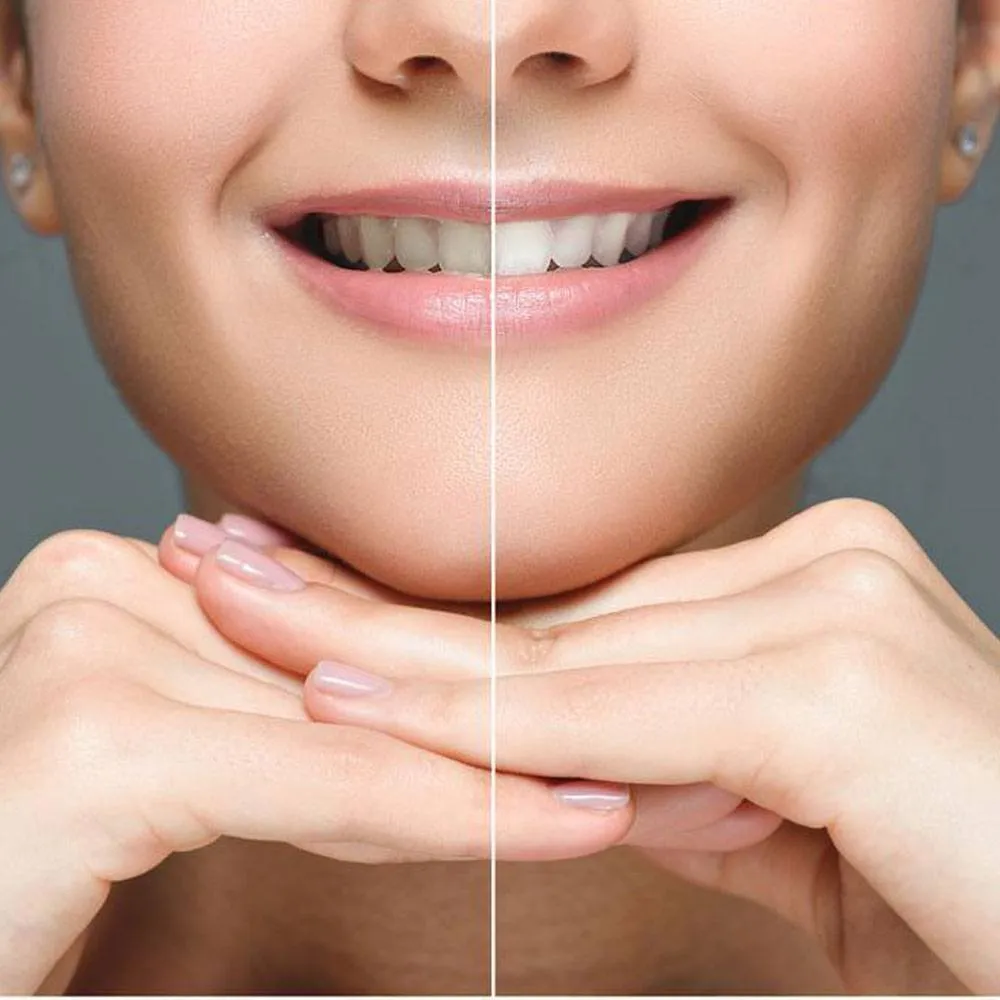
Whitening agents, primarily hydrogen peroxide and carbamide peroxide, can affect the enamel structure, especially at high concentrations or with frequent use. These agents cause a temporary demineralization of the enamel, making the teeth more porous. This demineralization can lead to increased sensitivity and, in severe cases, enamel erosion. However, the effects are usually reversible if the treatment is used as directed. Remineralization can occur with proper oral hygiene, using fluoride toothpaste, and avoiding overly acidic foods and drinks during and after treatment. It is crucial to balance the benefits of whitening with the potential risks to ensure long-term oral health.
Fact 2 Teeth Sensitivity & Whitening
Teeth sensitivity is a common side effect of teeth whitening, often experienced during and shortly after treatment. It occurs because the bleaching agents can penetrate the enamel and reach the dentin, which contains tiny tubules that connect to the nerve in the tooth. This can trigger a sensation of sensitivity to hot and cold foods and drinks. While it can be uncomfortable, this sensitivity is usually temporary, resolving within a few days to a couple of weeks after treatment. Understanding the causes and management strategies can help you handle this side effect and enjoy your brighter smile.
Causes of Teeth Sensitivity After Whitening
The primary cause of sensitivity after teeth whitening is the temporary demineralization of the enamel, which makes the teeth more porous. This allows the bleaching agents to penetrate deeper and reach the nerve endings in the dentin. Additionally, the whitening process can cause mild inflammation of the pulp, the soft tissue inside the tooth that contains nerves and blood vessels. Sensitivity is more likely to occur with higher concentrations of bleaching agents and longer treatment durations. Individuals with pre-existing sensitivity or thin enamel are also more prone to experiencing this side effect. It is essential to be aware of these factors to manage sensitivity effectively.
Managing Sensitivity
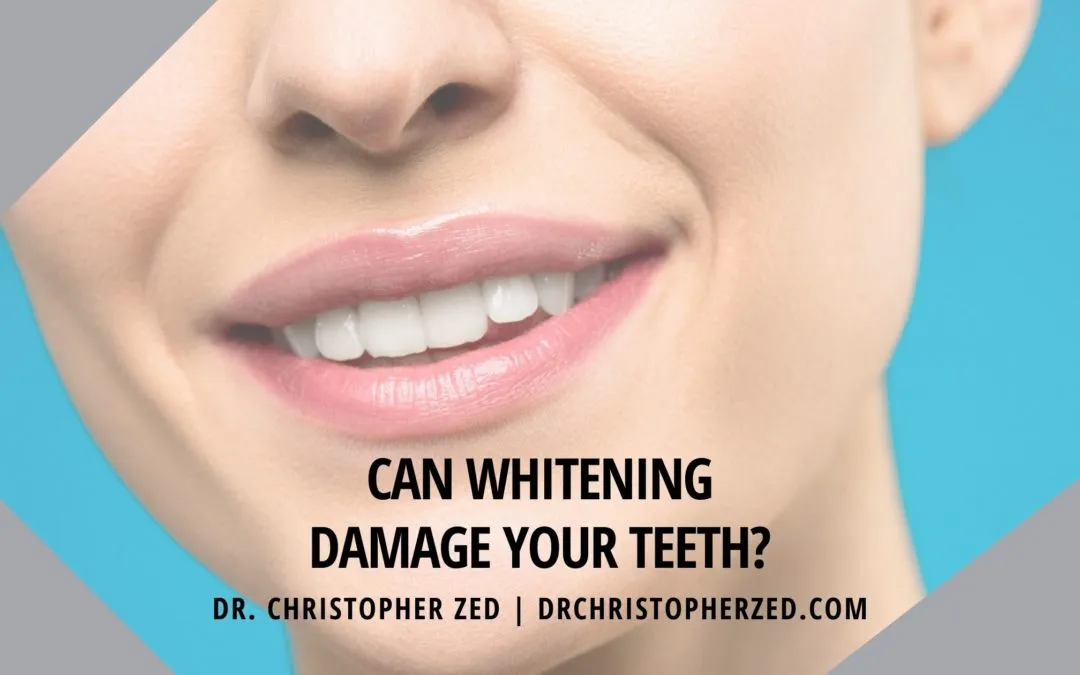
Several strategies can help manage teeth sensitivity during and after teeth whitening. Using a toothpaste designed for sensitive teeth, which contains ingredients like potassium nitrate, can help block the tubules and reduce sensitivity. Avoiding extremely hot or cold foods and drinks can also minimize discomfort. Your dentist may recommend fluoride treatments to strengthen the enamel and reduce sensitivity. For professional treatments, dentists can provide desensitizing agents before and after whitening. If the sensitivity is severe or prolonged, it is important to consult with your dentist to ensure there are no underlying issues.
Fact 3 Gum Irritation & Whitening
Gum irritation is another potential side effect of teeth whitening, particularly with treatments that involve direct contact of the bleaching agent with the gums. This can manifest as redness, swelling, and soreness. Proper application techniques and careful monitoring are crucial to minimize gum irritation. Choosing a whitening method that minimizes contact with the gums and following professional guidance can greatly reduce the risk. In this section, we will explore the causes of gum irritation and provide tips for prevention and treatment.
Why Gum Irritation Occurs
Gum irritation is primarily caused by the bleaching agents coming into contact with the soft tissues of the gums. High concentrations of hydrogen peroxide or carbamide peroxide can irritate the gums, leading to inflammation and discomfort. In-office whitening treatments, where a higher concentration of bleaching agent is used, are more likely to cause gum irritation if not properly administered. Ill-fitting whitening trays can also cause the bleaching agent to leak onto the gums. Additionally, individuals with pre-existing gum conditions may be more susceptible to irritation. Proper precautions and techniques are crucial to prevent or minimize this side effect.
Preventing and Treating Gum Irritation
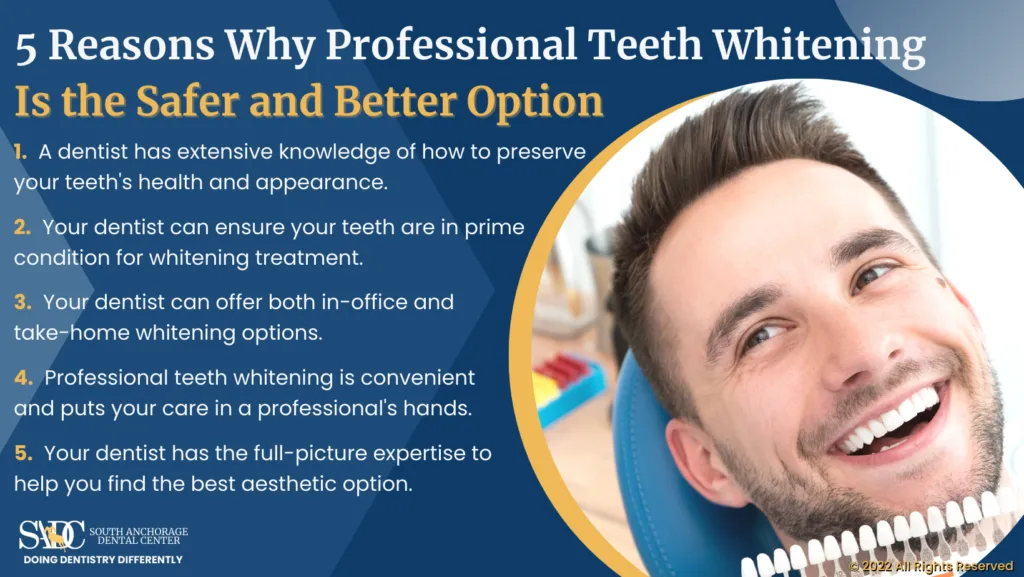
To prevent gum irritation, ensure that whitening trays fit snugly to prevent leakage of the bleaching agent. Professional treatments involve protecting the gums with a barrier, such as a rubber dam, to prevent contact. At-home treatments require careful adherence to the instructions, avoiding overfilling the trays, and wiping off any excess gel. If gum irritation occurs, rinsing your mouth with lukewarm water can help. Your dentist may recommend using a desensitizing toothpaste or a soothing gel to reduce inflammation. In more severe cases, your dentist may advise postponing the whitening treatment until the gums have healed. Always consult with your dentist to treat irritation.
Fact 4 Long-Term Effects of Whitening
The long-term effects of teeth whitening are a crucial consideration. While the process is generally safe when done correctly, understanding the potential risks of overuse and improper techniques is essential. Over-whitening can lead to more significant enamel erosion and increased sensitivity. Maintaining a healthy oral hygiene routine, including regular dental check-ups, is critical to preserving the results and ensuring overall oral health. Being aware of the long-term implications helps you make informed decisions and maintain a bright, healthy smile for years to come. The most important part of considering long-term effects is to be honest and consult with a dental professional.
Potential Risks of Over-Whitening
Over-whitening can lead to several potential risks. Excessive use of whitening products can cause significant enamel erosion, weakening the teeth and making them more susceptible to decay and fractures. Increased tooth sensitivity can become chronic, affecting the ability to enjoy hot and cold foods. Gum irritation can also become more persistent, leading to discomfort and potential damage to the gum tissues. Additionally, over-whitening may result in an unnatural appearance, with teeth appearing overly bright or translucent. To minimize these risks, it is essential to follow the instructions carefully, avoid overuse, and consult with your dentist to determine the best course of action.
Maintaining Whitening Results Safely

Maintaining your whitening results safely involves a combination of good oral hygiene and mindful habits. Regular brushing and flossing help remove surface stains and prevent further discoloration. Avoiding or reducing consumption of staining foods and drinks, such as coffee, tea, and red wine, can extend the life of your results. Your dentist may recommend touch-up treatments to maintain the desired level of brightness. Using a whitening toothpaste can also help maintain the results, but it is essential to choose one that is not too abrasive. Regular dental check-ups and professional cleanings are crucial to maintaining optimal oral health and the longevity of your whitening results. It is always better to be safe and work with a professional.
Fact 5 Choosing Safe Whitening Methods
Choosing safe teeth whitening methods requires careful consideration and knowledge. The safety of a particular method depends on several factors, including the concentration of the bleaching agent, the duration of treatment, and your overall oral health. Consulting with a dentist is the most crucial step in selecting the right whitening option, as they can assess your individual needs and recommend a safe and effective treatment plan. This section will delve into the pros and cons of professional versus DIY whitening options and some ingredients to avoid.
Professional vs. DIY Whitening
Professional teeth whitening offers the advantage of being performed under the supervision of a dental professional. Dentists can use higher concentrations of bleaching agents for faster results and can monitor the process to minimize risks such as gum irritation and enamel damage. Custom-fitted trays ensure a precise fit, preventing leakage of the bleaching agent. DIY whitening methods, on the other hand, are more accessible and affordable. However, they may not be as effective, and the risks of misuse are higher. It is crucial to carefully follow instructions, and choose products with the American Dental Association (ADA) seal of approval. Always consult with a dentist before starting any whitening treatment, regardless of the method.
Ingredients to Avoid
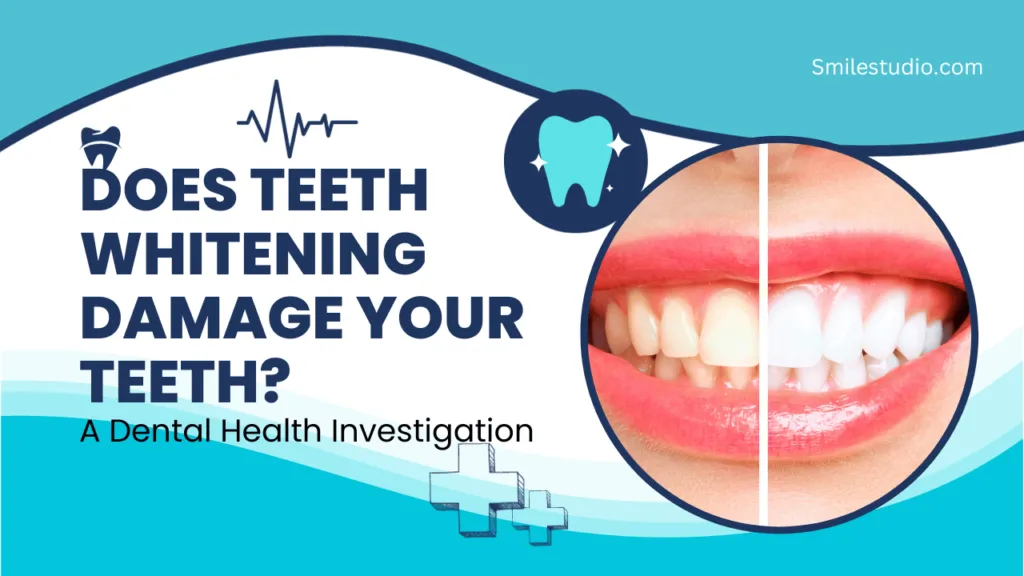
When selecting teeth whitening products, certain ingredients should be avoided to minimize the risk of damage to your teeth and gums. Products with high concentrations of abrasive agents can erode the enamel. Ingredients like sodium chlorite and chlorine dioxide can also be overly harsh and may cause irritation. Look for products that are ADA-approved, as this ensures they meet safety and efficacy standards. Always read the product label carefully and consult with your dentist if you have any concerns about the ingredients. Be mindful of the concentration of hydrogen peroxide or carbamide peroxide in the product, as higher concentrations require more caution.
